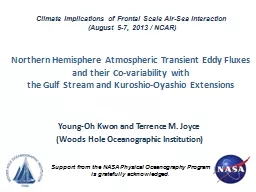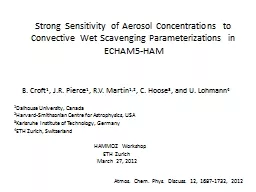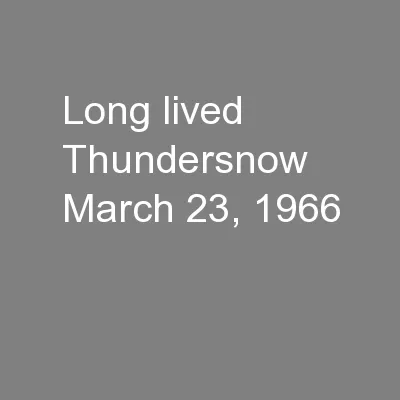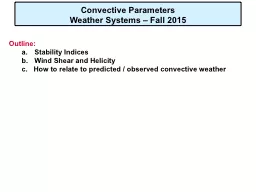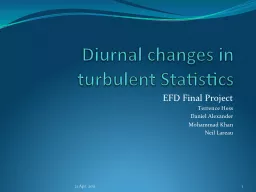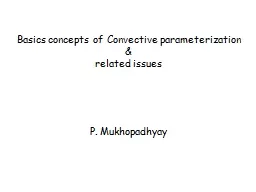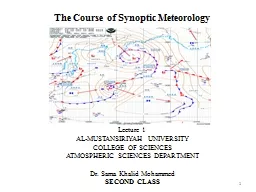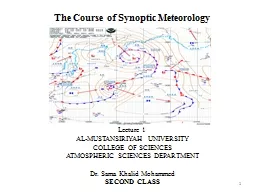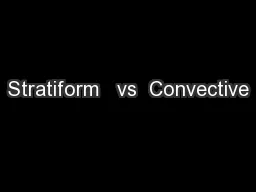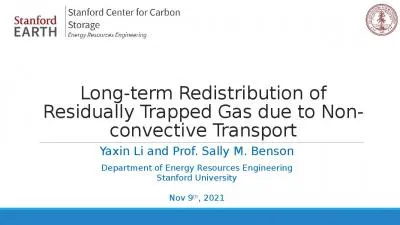PPT-Synoptic Environments Associated with the Training of Convective Cells
Author : trish-goza | Published Date : 2020-01-16
Synoptic Environments Associated with the Training of Convective Cells Aylward and Dyer 2010 The main focus is investigating the dynamics resulting in synoptically
Presentation Embed Code
Download Presentation
Download Presentation The PPT/PDF document "Synoptic Environments Associated with th..." is the property of its rightful owner. Permission is granted to download and print the materials on this website for personal, non-commercial use only, and to display it on your personal computer provided you do not modify the materials and that you retain all copyright notices contained in the materials. By downloading content from our website, you accept the terms of this agreement.
Synoptic Environments Associated with the Training of Convective Cells: Transcript
Download Rules Of Document
"Synoptic Environments Associated with the Training of Convective Cells"The content belongs to its owner. You may download and print it for personal use, without modification, and keep all copyright notices. By downloading, you agree to these terms.
Related Documents


